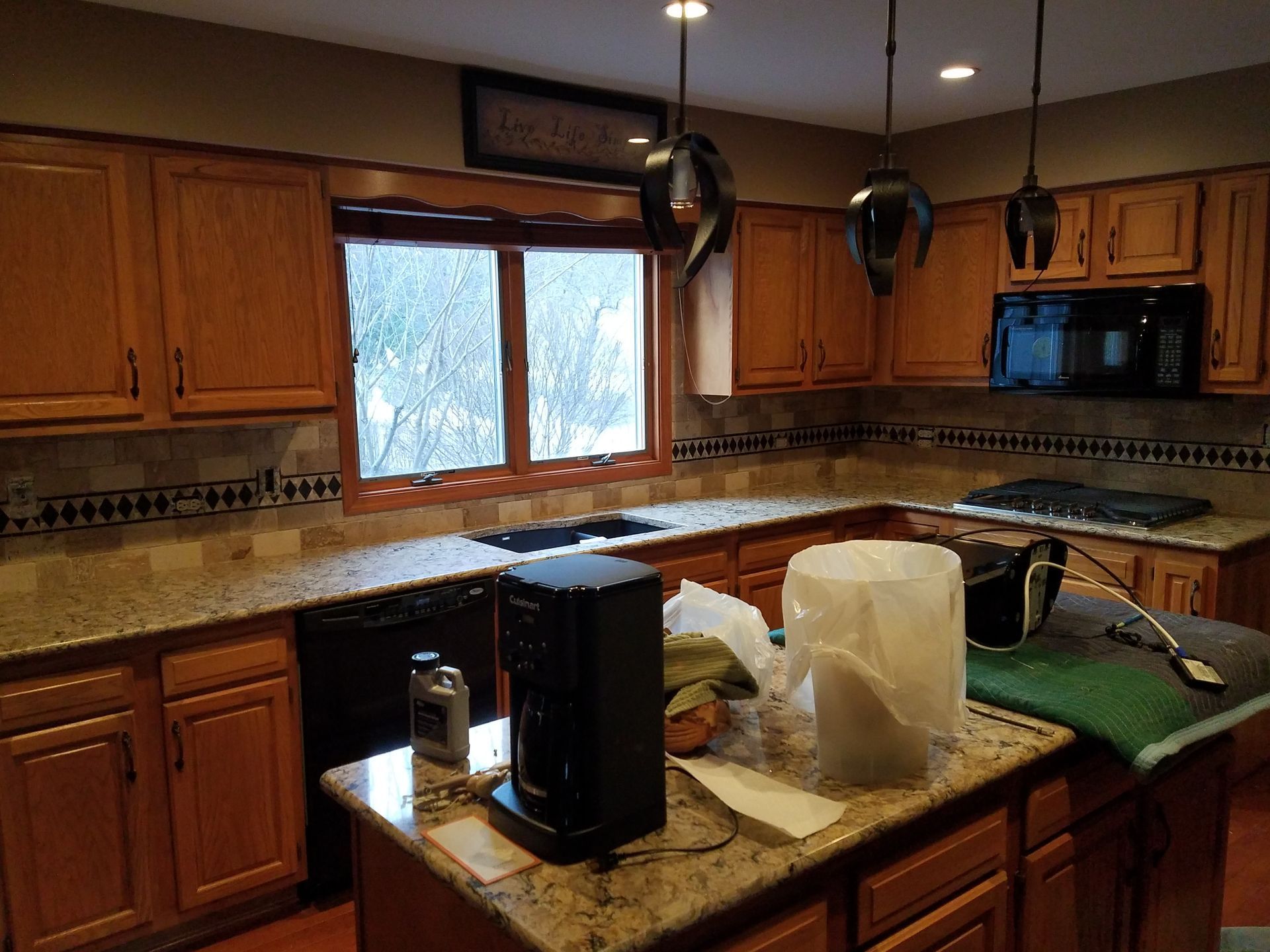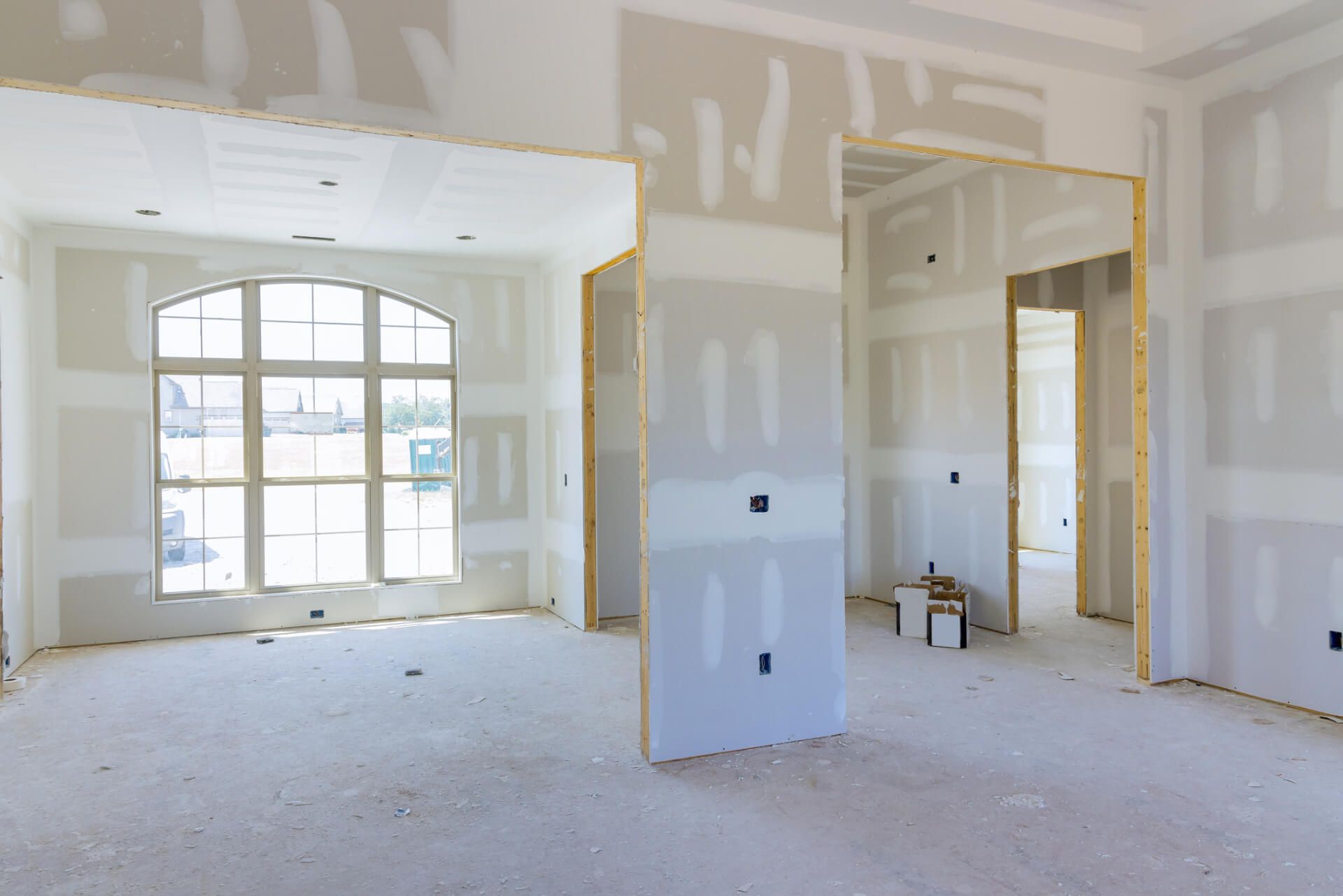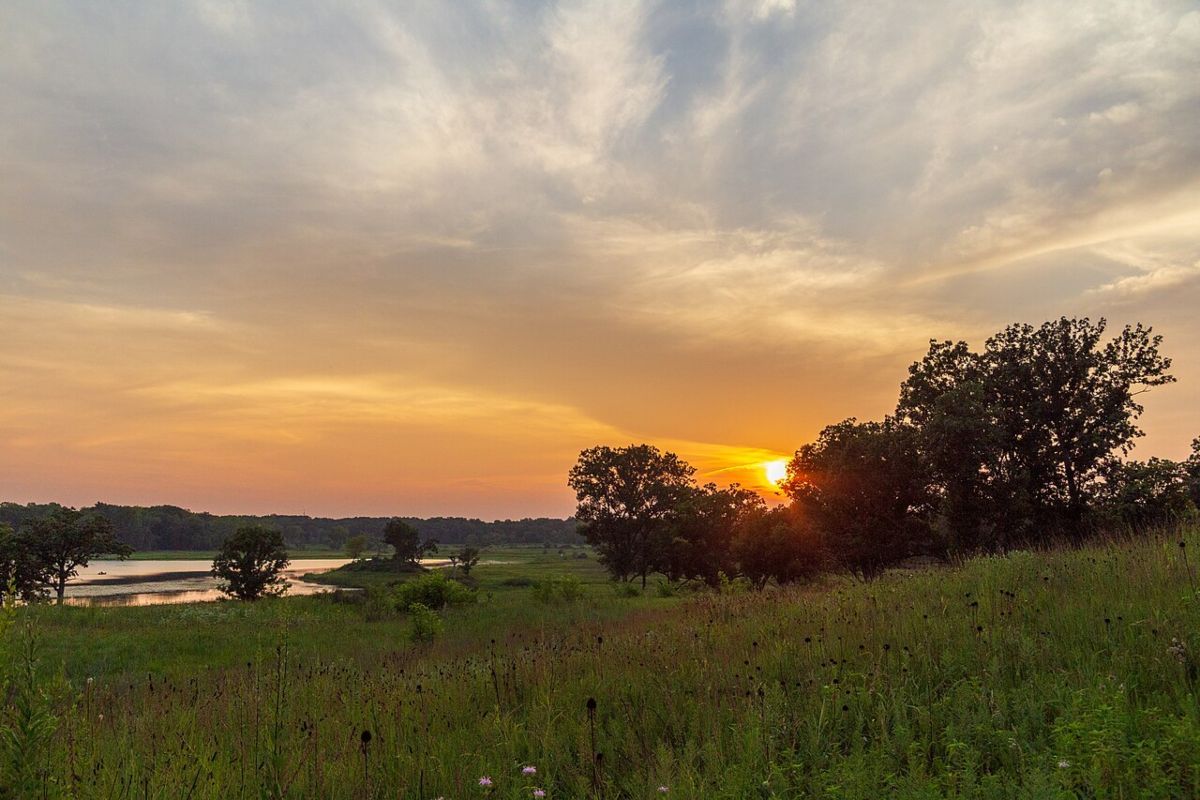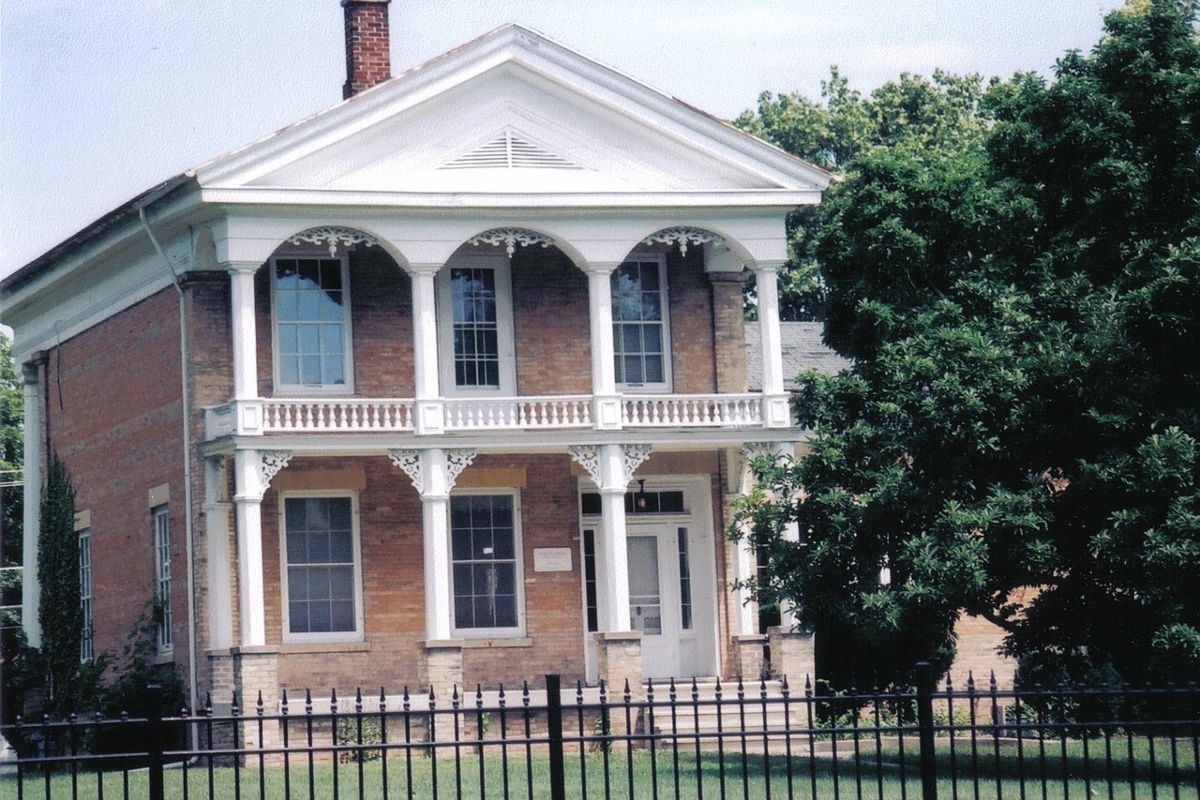What Happened to McHenry’s Original Pearl Street Bridge?
In the heart of McHenry IL, where Pearl Street meets the Fox River, once stood a bridge that not only connected two riverbanks but also generations of residents. The original Pearl Street Bridge was a vital part of the city’s historic identity, serving as a key crossing, a scenic backdrop, and, in many ways, a symbol of the town’s progress.
Though the bridge no longer exists in its original form, its story remains embedded in the local heritage and continues to echo through community efforts, public memory, and historical preservation groups.
A Bridge Built for Progress
Origins and Purpose
Constructed in the early 20th century, the original Pearl Street Bridge was designed to span the Fox River, supporting both vehicular and pedestrian traffic at a time when McHenry was rapidly expanding. Its location made it essential for commerce, commuting, and community development—linking the east and west sides of the city and enabling direct access to downtown businesses and neighborhoods.
Architectural Significance
The bridge featured a steel truss design, a popular choice during the early 1900s for its durability and relatively low cost. These structures were prized for their ability to accommodate increasing transportation loads while also showcasing industrial elegance. As with many historic bridges in McHenry County, its design reflected a utilitarian beauty that served both function and form.
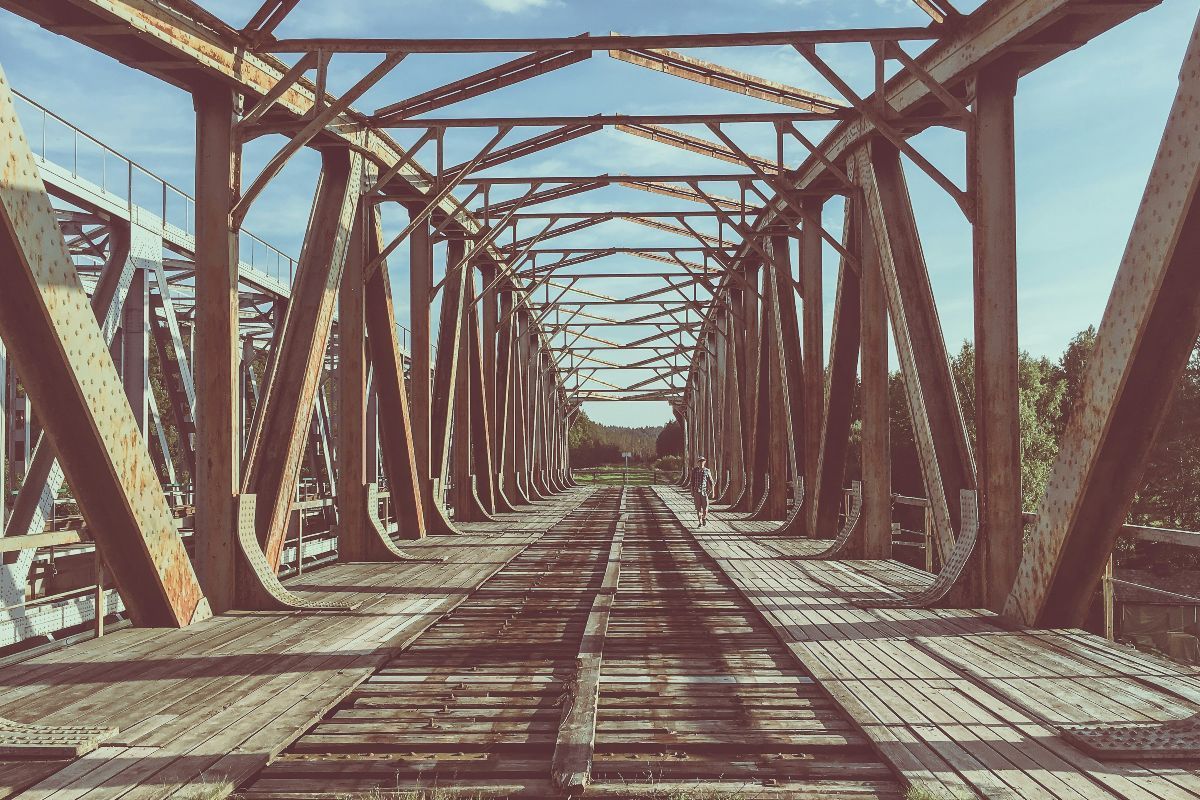
The Role It Played in McHenry’s Development
A Daily Connection
For decades, the Pearl Street Bridge served as a critical link for residents, including schoolchildren, local workers, and business owners. It supported more than just vehicles—it supported a way of life. The bridge offered one of the few consistent and accessible crossings over the Fox River within the city limits, making it a fixture in everyday life.
A Scenic and Social Landmark
The bridge was also cherished for its views of the Fox River. Locals recall strolling across the bridge during summer evenings, attending nearby festivals, and even posing for family photos with the water and skyline as a backdrop. It became a subtle but significant part of McHenry’s social and visual landscape.
Deterioration and the Push for Replacement
Safety Concerns
As decades passed, the bridge began to show signs of structural fatigue. Periodic inspections by the Illinois Department of Transportation (IDOT) revealed corrosion, weakening joints, and concerns about long-term stability. By the early 2000s, these issues could no longer be ignored.
Routine maintenance was no longer sufficient. The bridge had reached the end of its service life, and the cost to rehabilitate it would outweigh the cost of replacement.
Public Response and Preservation Debate
News of the bridge’s impending removal sparked discussions within the community. Local residents and the McHenry County Historical Society voiced concern over the loss of a key historic structure. While most agreed that safety was paramount, there was also a strong desire to commemorate or preserve elements of the original bridge, including its materials, design, or at least its story.

Demolition and Replacement
A New Bridge Emerges
Eventually, the original Pearl Street Bridge was demolished and replaced with a more modern structure that met updated safety and traffic standards. The new bridge, while efficient and visually appealing, marked the end of an era. However, it also ensured the continued connectivity of Pearl Street across the Fox River, maintaining its essential role in the city’s transportation grid.
Honoring the Past
Efforts were made by the City of McHenry to document the bridge’s history, including archival photographs and engineering records. In some cases, materials salvaged from the bridge were preserved by local enthusiasts or displayed in city buildings or museums. These gestures, though small, represent a broader commitment to maintaining a link between past and present.
Why the Pearl Street Bridge Still Matters
Though it no longer stands, the original Pearl Street Bridge continues to hold a place in the hearts of longtime McHenry residents. It’s remembered not just for what it was, but for what it represented—a connection between generations, between riverbanks, and between history and progress.
Its story reminds us that even utilitarian structures can become symbols of community identity and change. As McHenry continues to grow, the lessons of its infrastructure history remain more relevant than ever.




